Q: I’ve been tracking my food and counting my macros for about a year now. I’m loving the results I’m seeing, but weighing and measuring everything, counting calories and reading labels sometimes makes me feel a bit obsessive, even though I know I’m eating plenty. Do I have to track my food indefinitely?
A: Absolutely not! In fact, one of our goals for you is to learn to eat intuitively!
EM2WL doesn’t recommend calorie counting as merely a way of restricting food, but rather as a means to determine if you are eating ENOUGH! Using a calorie counter like My Fitness Pal can be a great tool for educating yourself about the calorie and macronutrient breakdown of different foods. It doesn’t take long to familiarize yourself with proper portion sizes and an understanding of setting up meals that will help you reach your macro goals by the end of the day. Many of our clients that begin tracking their food are surprised to learn they are eating far too little.
The ultimate goal of tracking food, however, is to trust yourself enough to eat intuitively, even without the security of tracking every macronutrient. Keeping a food log provides an opportunity to educate yourself about how to adequately fuel your body. After a short time period, you are likely to find the best way to set up your meals to reach your daily macronutrient goals. You will probably find what foods make you feel your best, and which foods you’d be better off avoiding or eating less frequently. You will probably find that for the most part, the staples of your eating plan are fairly similar from day to day.
If you’re used to keeping pretty accurate food logs, it can feel pretty overwhelming to make the journey to intuitive eating, but it’s well worth it in the long-term. Instead of an all-or-nothing approach, think about implementing small baby steps with the long-term goal being eating intuitively.
1. Keep a food journal, but don’t count calories
If you’re afraid that a break from logging will turn into an all-holds-barred eating fest, keep yourself accountable by keeping a food journal while you make the transition. Don’t worry about writing down amounts, but do jot down times and foods consumed, along with a few notes about how different meals make you feel. Are you satisfied after each meal? Struggling with emotional eating? Notice you don’t feel so hot after a particular meal? Struggling to get through workouts? All these observations can help you to make informed decisions about making a few simple tweaks to your eating plan.
2. Listen to your hunger and fullness cues
In addition to paying attention to how different meals make you feel, make sure that eating when you are hungry and stopping when you are satisfied, but not overstuffed. This may seem too obvious and simple to even mention, but for those who have spent a long time dieting, counting calories, and/or eating at specified times, it can be difficult to discern when you are hungry and full.
3. Log late in the day
Another approach that can be helpful is to eat intuitively throughout the day and then check how you’ve done once you’re done eating for the day. You may choose to continue to weigh and measure foods during this transition, but remember the ultimate goal is to rely less on weighing and measuring foods and learn how to trust yourself to make decisions about food choices and portion sizes. It may be helpful to continue to weigh and measure “big ticket” items like fats and starchy carbs during this time, and eyeball things like lean meats, fruits, and vegetables since they have less potential to be overeaten.
The following rule of thumb might be helpful to remember:
1/2 cup rice or grains=1/2 baseball
1 1/2 ounces cheese=4 game dice
2 tablespoons nut butter=1 ping pong ball
3 ounces lean meat=deck of cards
1/4 cup dried fruit or nuts=1 large egg
1 tablespoon butter=1 game dice
1 cup cereal=1 fist
Bodybuilding.com also has a pretty awesome visual guide for eyeballing your macros.
4. Check your “eyeballing” occasionally
Occasionally, after you’ve already portioned your food, check in with your digital food scale to make sure you’re still on track. Hopefully, you will be pleasantly surprised that your portion sizes are pretty spot-on! If not, a few days of getting back to weighing and measuring should get you back on the right track.
5. Take a short break from logging
If a break from logging food makes you extremely uncomfortable, consider taking just one or two meals per week off. Over time, you might be able to extend this time into a full day, and over time you are sure to find that you are trusting yourself more and more comfortable with eating intuitively.
6. Don’t give up!
Be patient with yourself and forgive yourself if you run into some bumps along the road. Those things that are truly worth it in the end rarely come without a few obstacles. Ultimately, you are sure to enjoy the freedom you find from being able to eat intuitively. If you seem to be struggling to stay on track, you can always go back to logging for a few days. Remember there’s no time limit here and this is your journey! You can take as much time as you need to accomplish your goal. We look forward to hearing your success stories!
Becca is a busy mother five children ages 9 to 17. About seven years ago, she embarked on a journey to health and fitness that resulted in the loss of approximately 100 pounds. Today, she is a competitive powerlifter and strongwoman who loves ice cream and deadlifts. As an ISSA certified personal trainer, she is passionate about helping women to get started on a lifestyle of strength and fitness.
All photos credit of www.freedigitalphotos.net
Are you curious about how the process works, or wondering what's in our Starter Kit E-Book? START HERE. We'll send you a free breakdown of the basics, exclusive videos explaining why everything that you've learned about diets have only led you astray, and an action plan to take your life back immediately.
No worries, we hate spam too!
Discover more from Eat More 2 Weigh Less
Subscribe to get the latest posts sent to your email.

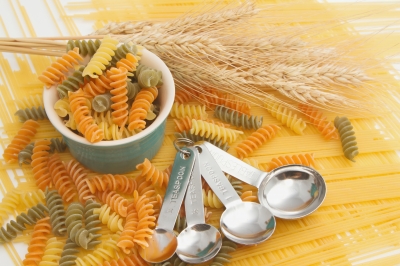
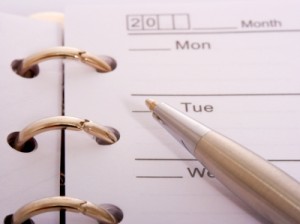

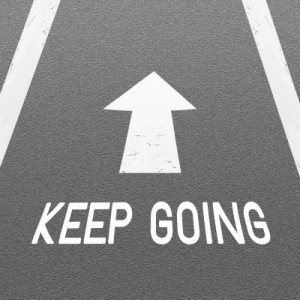

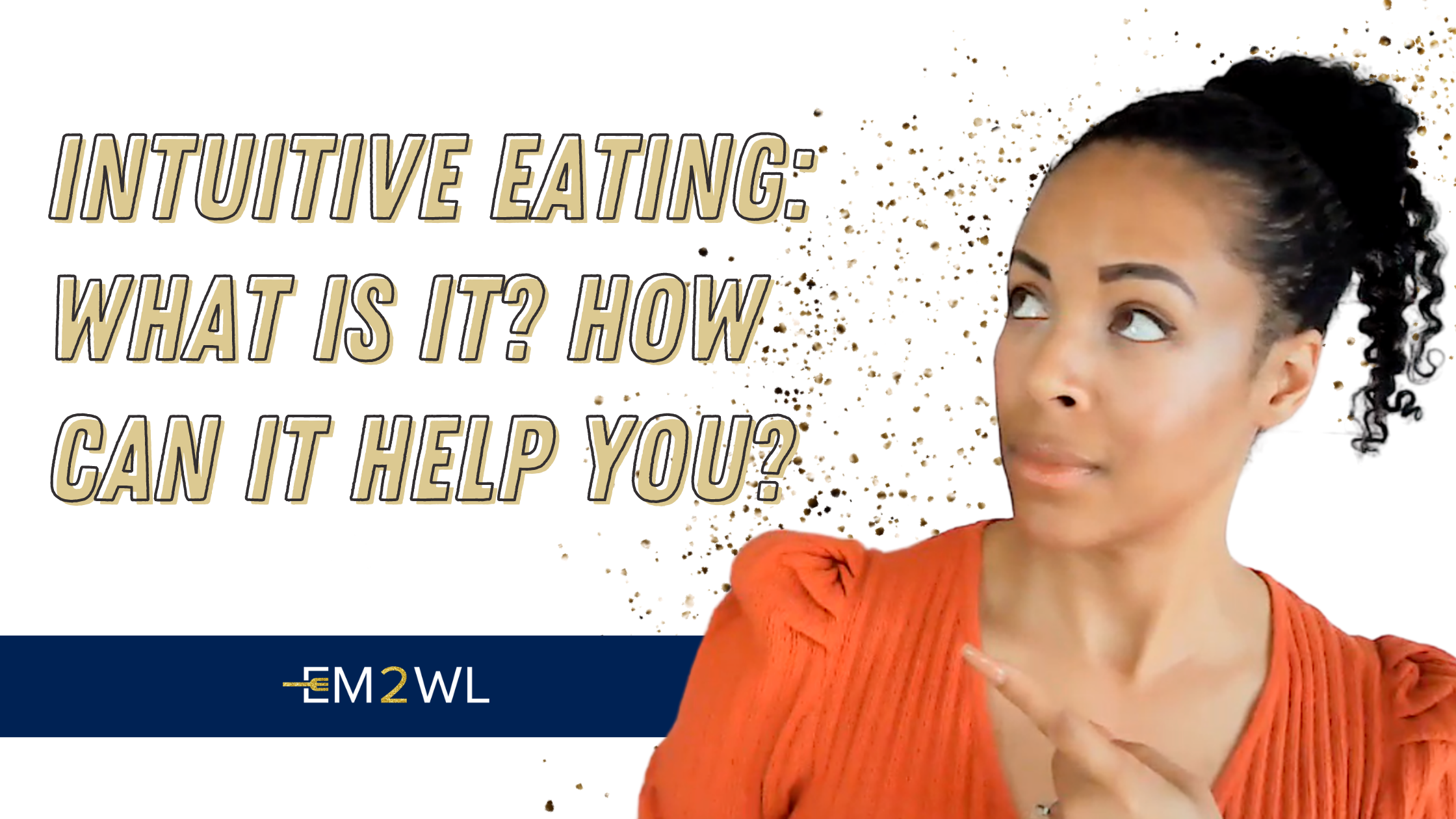
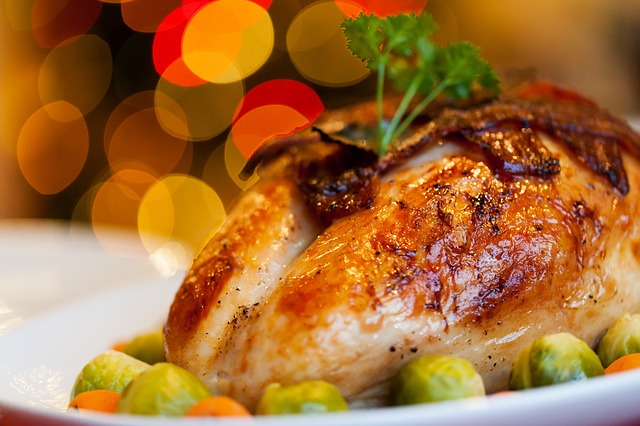
Recent Comments